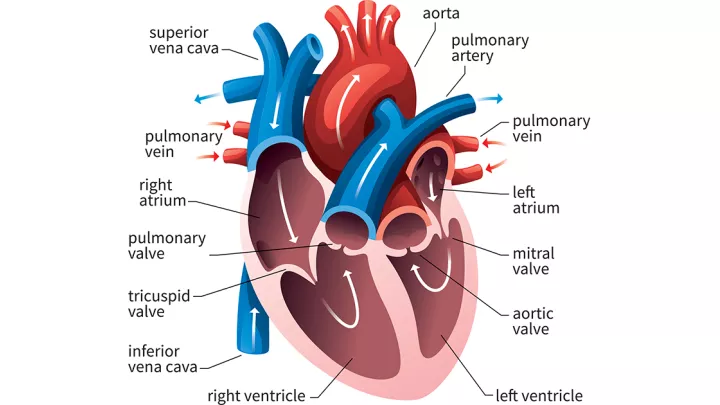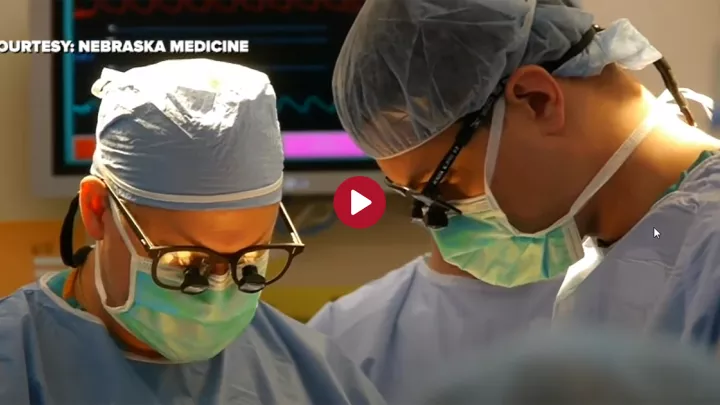Megatron: The largest arteries require the largest stents

A stent is an important tool for any interventional cardiologist. But that tool has always been one size fits all – until now. Nebraska Medical Center became the first hospital in the nation to use a stent designed to fit larger and stiffer heart vessels.

After years of research, Yiannis Chatzizisis, MD, PhD, Gregory Pavlides, MD, PhD, and Edward O'Leary, MD, implanted the SYNERGY MEGATRON stent for the first time ever in the United States. In separate successful procedures, two women in their early 60s became the first patients in the nation to receive Megatron, a stent created by Boston Scientific and FDA approved last month.
One woman had worsening chest pain in the last few months. In the stem of her left heart artery, a huge blockage was cutting off blood flow. The other patient had coronary heart disease, with less heart pumping function than normal due to an issue in the main stem of the left artery.

"In the past, these kinds of heart disease meant patients would automatically need bypass surgery. But today, we can offer a less-invasive option, and patients can go home the very next day," says Dr. O'Leary. Rather than spending a week recovering in the hospital with additional rehab, a stent procedure can get you home much faster.
These stent procedures were high risk. But the Nebraska Medicine team of expert cardiologists prepared for many weeks to ensure their successful outcomes. "It's critically important to have a heart team approach for complex patients," says Dr. O'Leary. "Everybody contributed to make this happen. From other specialties, like noninvasive cardiologists and heart surgeons, to the schedulers and people that prep and clean the rooms, this was successful due to our heart team approach."
"After these successful procedures, the expectation for both patients is to live a long life without major symptoms," says Dr. Chatzizisis.

Designing a better stent
As you can imagine, heart arteries are not perfect cylinders. The sizes of these blood-carrying tubes are larger in some places than in others. "The largest arteries require larger and more robust stents," says Dr. Chatzizisis.
The Megatron stent is the only stent that:
- Expands up to 6.0 mm, which is ideal for large and stiff heart arteries
- Uses a new scaffolding design, meaning the stent can be larger on one end without too much deformation. This feature helps the doctors to achieve better placement of the stent and potentially better outcomes for patients.
During their years of research, Dr. Chatzizisis and his team created digital models of patient-specific heart arteries and stents to see how they might perform. Using these computational stent simulations, they found one design worked better than other stents already in use and other stent prototypes.
"Using these computational simulations, our lab has developed the tools to help stent industry with device research and development and regulatory approval. In the case of Megatron, we worked with Boston Scientific and gave them data on how their stent performs in patient-specific simulations, and they created a great product," says Dr. Chatzizisis. This collaboration with Boston Scientific exemplifies our Heart and Vascular center's commitment to bring extraordinary care to our patients.
"Megatron's unique design makes the stent stronger and more expandable, and thereby ideal for large and stiff heart arteries," says Dr. Chatzizisis. "That's a real game changer for interventional cardiologists and their patients."







